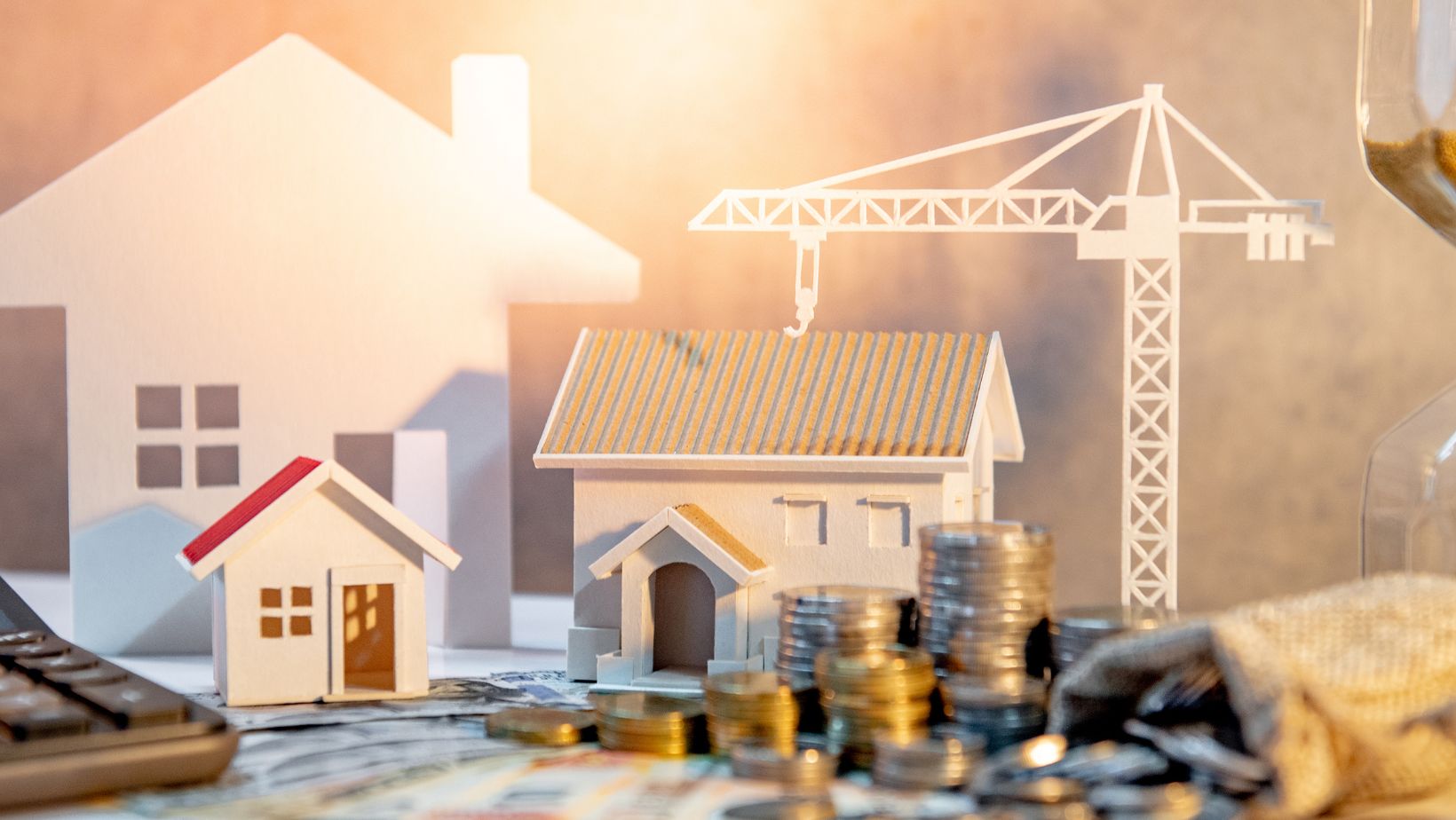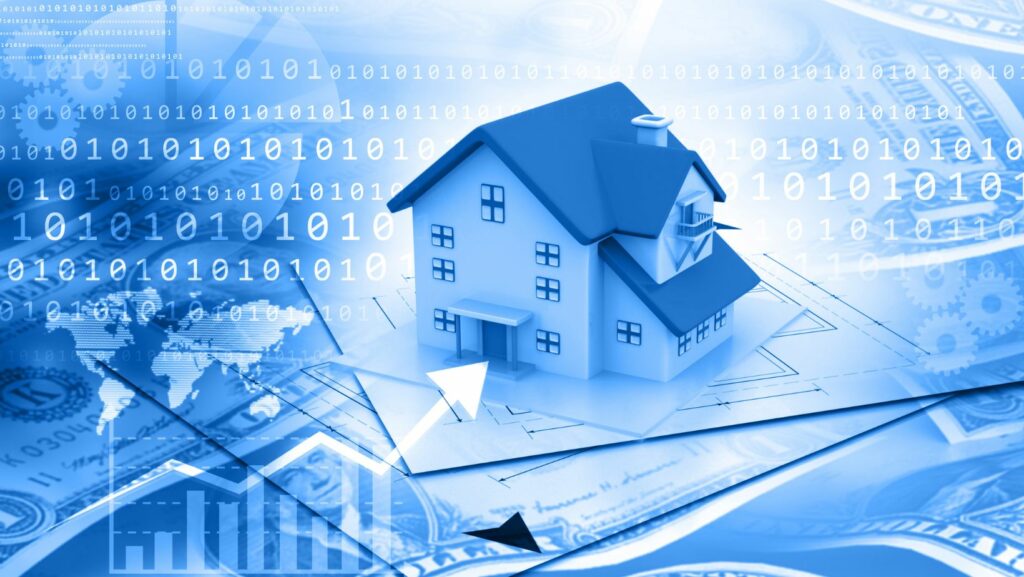In the current real estate market, the practice of staging a home before listing it for sale has proven to be not just a preference but a strategy that yields quantifiable benefits. Analysis and data collated from various studies highlight the meaningful impact of home staging on both the time a property spends on the market and its final selling price.
The Tangible Benefits of Home Staging
Professionally staged homes are observed to spend 73% less time on the market compared to their non-staged counterparts. This reduction in time on the market is critical as it prevents the listing from becoming stale and losing its appeal to prospective buyers. Moreover, staged homes, on average, sell for 25% more than non-staged homes. Such statistics underscore the economic advantage of investing in home staging, where even a mere 1.3% of the home’s sale price allocated to staging efforts can culminate in an over-list price return of 7.1%.
Furthermore, the cost-benefit analysis of home staging versus the carrying costs of a property that lingers on the market showcases the financial wisdom behind staging. Initial staging investments, ranging between $1,500 to $4,000 for the first month, with subsequent monthly costs of $500 to $600 per staged room, are minimal when compared to potential first price reductions that might be necessitated by prolonged market exposure.
The strategic importance of staging is also emphasized through buyer and agent perceptions. A large majority of buyers’ agents (81%) agree that staging facilitates potential buyers’ ability to visualize the property as their future home. Additionally, if a person browsed for homes for sale in Brampton online, 40% of those buyers are more inclined to visit a home in person if it was staged when they saw it online, indicating the pivotal role of staging in attracting physical viewings.
The prioritization of certain rooms for staging—namely the living room, master bedroom, kitchen, and dining room—highlights the understanding that the aesthetic and emotional appeal of these key areas significantly influences buyers’ perceptions and decisions.
In an era where 90% of home searches commence online, the visual appeal of listing photos becomes paramount. Here, virtual staging emerges as a cost-effective and innovative solution, particularly for vacant homes, by using digital photo editing to enhance online listing photos and attract buyer interest.
Analysis and Implications
The statistical evidence supporting the efficacy of home staging in a buyer’s market establishes not just its value but its role as a critical element in the real estate selling process. The reduced time on the market for staged homes directly correlates to cost savings for sellers by mitigating the financial drain associated with prolonged market listings. This aspect is particularly compelling in explaining the growing adoption of staging practices across various market segments.

The differential in selling price between staged and non-staged homes elucidates the direct financial gains possible through staging. This premium on the selling price validates the initial investment in staging, positioning it as a strategic financial decision rather than an ancillary cost. Moreover, the start of virtual staging technology provides sellers with a versatile and cost-efficient tool to enhance the online appeal of their listings, a necessity in the contemporary real estate market where the majority of buyers initiate their home search online.
The synthesis of these data points and market observations leads to a comprehensive understanding of home staging’s significance. By facilitating a faster sale process, ensuring a higher selling price, and enhancing the property’s appeal to prospective buyers, staging accumulates as an indispensable tool in the arsenal of sellers, especially in a buyer’s market.
Conclusion
In conclusion, the accumulated data and analysis articulate a clear narrative: home staging represents a strategic investment with demonstrable returns.

Beyond enhancing aesthetic appeal, staging aligns with economic pragmatism, providing a competitive edge in the immersive and often saturated real estate market. With these insights, sellers are equipped to make informed decisions that not only expedite the sales process but also optimize financial outcomes in the context of a buyer’s market.


More Stories
What Are The Different Types Of Lawn Sweepers And Which One Is Right For You
How Home Improvements Can Boost Comfort, Efficiency & Resale Value
A Beginner’s Guide to Growing Houseplants